Motorcycles are not just a means of transportation; they are a passion, a lifestyle, and a symbol of freedom on the open road.
Behind the exhilarating experience of riding a motorcycle lies a complex and meticulously crafted machine.
To truly appreciate the inner workings of these two-wheeled powerhouses, it is essential to understand the various parts that come together to create a harmonious symphony of motion.
In this comprehensive guide, we will explore the different parts of motorcycle engine, their functions, and their significance in delivering an unforgettable riding experience.
The Essential Parts of Motorcycle Engine
1. Cylinder Head: Where Power Meets Precision
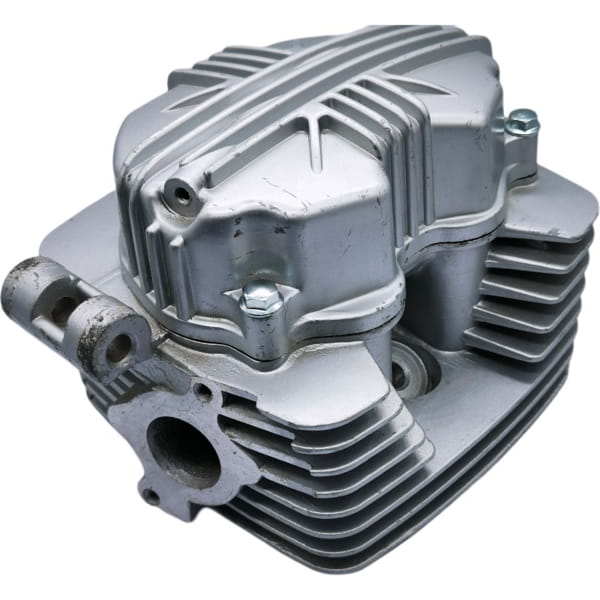
The cylinder head serves as the command center of a motorcycle’s engine. It houses crucial components such as the intake and exhaust valves, spark plugs, and the combustion chamber.
The intake valves control the flow of the fuel-air mixture into the combustion chamber, while the exhaust valves allow the efficient expulsion of exhaust gases.
Spark plugs, on the other hand, generate sparks that ignite the fuel-air mixture, initiating the combustion process.
The cylinder head’s design and precision engineering directly influence the engine’s power output, fuel efficiency, and overall performance.
2. Pistons and Cylinders: Transforming Combustion into Motion
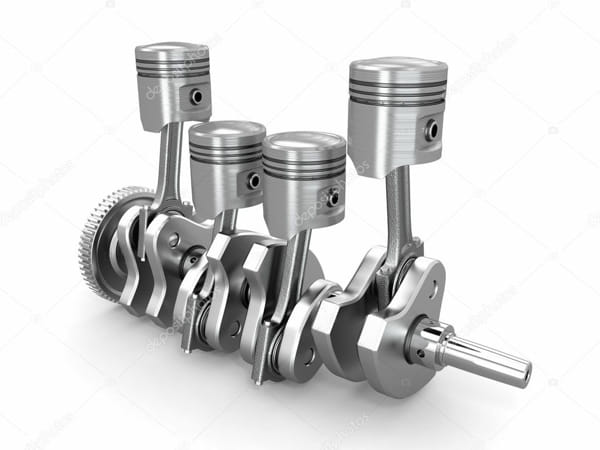
The heart of any motorcycle engine lies within the piston and cylinder assembly.
Pistons are cylindrical components that move up and down within the cylinders, driven by the power generated from the combustion process.
As the fuel-air mixture ignites, it creates pressure, forcing the piston downward and converting thermal energy into mechanical energy.
This reciprocating motion is then transmitted to the crankshaft.
3. Crankshaft: The Engine’s Rotating Backbone
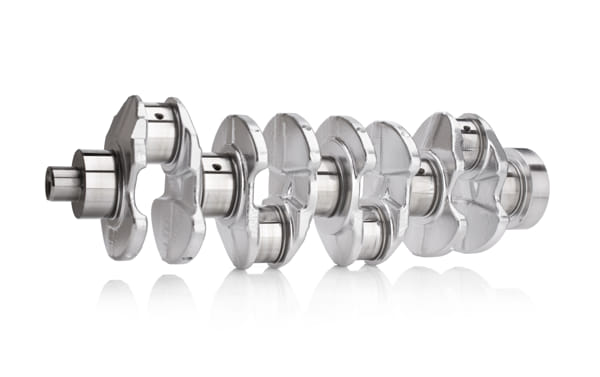
The crankshaft is a vital component responsible for converting the reciprocating motion of the pistons into rotational motion.
As the pistons move up and down, they transfer their energy to the crankshaft.
This rotational motion is then transmitted to the transmission system, ultimately driving the motorcycle forward.
The crankshaft is not only a mechanical marvel but also plays a critical role in maintaining balance and reducing vibrations for a smoother ride.
4. Engine Valves: The Gatekeepers of Intake and Exhaust
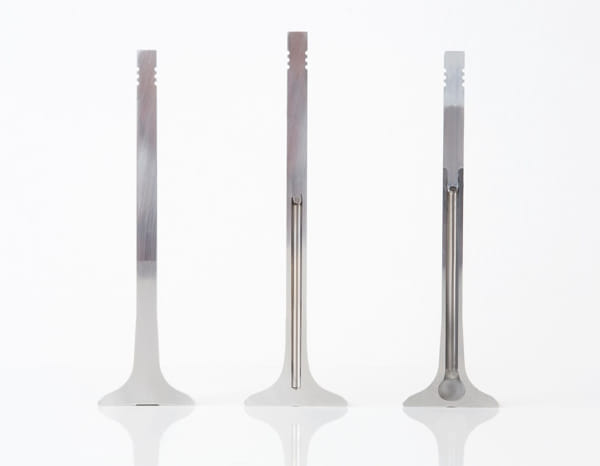
Engine valves, including intake and exhaust valves, regulate the flow of air-fuel mixture into the combustion chamber and the expulsion of exhaust gases.
These valves open and close at precise intervals, synchronized with the movement of the pistons, ensuring optimal performance.
The intake valves allow the mixture to enter the combustion chamber, while the exhaust valves facilitate the smooth flow of exhaust gases out of the engine.
The precise timing and operation of these valves directly impact the engine’s power, efficiency, and overall performance.
5. Cooling System: Keeping Temperatures in Check

Motorcycle engines generate a significant amount of heat during operation.
To prevent overheating and ensure optimal performance, motorcycles are equipped with a cooling system.
Typically consisting of a radiator, coolant fluid, and a water pump, the cooling system efficiently dissipates excess heat from the engine.
The coolant absorbs heat from the engine and carries it to the radiator, where it is cooled before being circulated back to the engine.
Proper cooling is essential for maintaining engine longevity and preventing damage caused by excessive heat.
Supporting Components for Enhanced Performance
1. Fuel Delivery System: The Lifeblood of the Engine
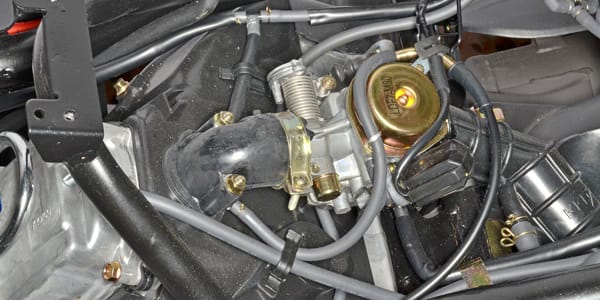
To achieve efficient combustion, motorcycles utilize a fuel delivery system, which can be either a carburetor or a fuel injection system.
The fuel delivery system ensures that the precise amount of fuel is mixed with air for combustion.
Carburetors regulate the fuel-air mixture manually, while fuel injection systems use electronic sensors to deliver the optimal fuel-to-air ratio.
Both systems play a vital role in maximizing engine performance and fuel efficiency.
2. Exhaust System: Finding the Perfect Balance
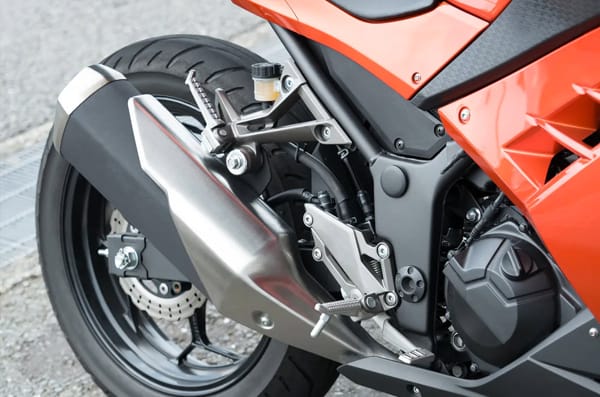
The exhaust system is responsible for safely expelling the combustion by-products from the engine.
It consists of components such as exhaust pipes, mufflers, and catalytic converters.
Exhaust pipes channel the exhaust gases away from the engine, while mufflers reduce noise levels.
Catalytic converters help reduce harmful emissions by converting pollutants into less harmful substances.
The exhaust system not only ensures smooth engine operation but also contributes to overall environmental friendliness.
3. Electrical System: Powering the Motorcycle’s Nerve Center
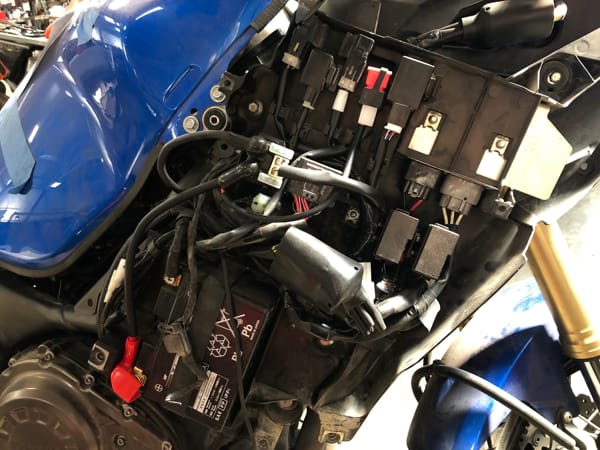
The electrical system in a motorcycle plays a crucial role in powering various components, such as the ignition system, lights, and instrumentation.
The battery provides electrical energy, while the alternator or stator generates electricity to recharge the battery and power the motorcycle’s electrical components.
The electrical system enables the smooth operation of critical functions and enhances the overall riding experience.
4. Transmission System: Delivering Power to the Wheels
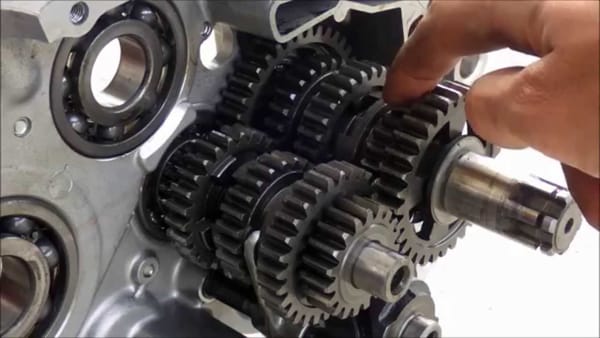
The transmission system in a motorcycle is responsible for transferring power from the engine to the wheels.
It allows the rider to select different gear ratios to match the desired speed and road conditions.
Common types of transmissions in motorcycles include manual, automatic, and semi-automatic.
A well-designed transmission system ensures smooth power delivery, acceleration, and efficient fuel consumption.
5. Suspension System: Riding Comfort and Stability
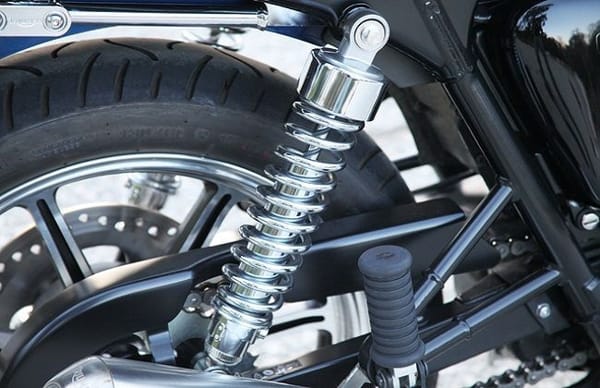
The suspension system plays a crucial role in providing comfort, stability, and control to the rider.
It consists of various components, including forks, shock absorbers, and springs.
The suspension system absorbs road imperfections, allowing the wheels to maintain contact with the ground.
This ensures better handling, stability, and a comfortable ride, even on uneven surfaces.
FAQs
What are the essential parts of motorcycle engine?
The essential parts of a motorcycle engine include the cylinder head, pistons and cylinders, crankshaft, engine valves, cooling system, fuel delivery system, exhaust system, electrical system, transmission system, and suspension system.
How do engine valves contribute to motorcycle performance?
Engine valves regulate the flow of air-fuel mixture into the combustion chamber and facilitate the expulsion of exhaust gases. Their precise operation directly affects engine performance, fuel efficiency, and power output.
Why is the cooling system important in a motorcycle engine?
The cooling system prevents the engine from overheating by dissipating excess heat. It ensures the engine operates within optimal temperature limits, promoting performance, longevity, and preventing damage caused by excessive heat.
What is the role of the exhaust system in a motorcycle?
The exhaust system safely expels exhaust gases from the engine, reducing noise and minimizing harmful emissions. It consists of components such as exhaust pipes, mufflers, and catalytic converters.
How does the transmission system work in a motorcycle?
The transmission system transfers power from the engine to the wheels by allowing the rider to select different gear ratios. It enables smooth power delivery, acceleration, and efficient fuel consumption.
Conclusion
Understanding the various parts of motorcycle engine is crucial for any rider or enthusiast.
From the intricate components within the engine to the supporting systems that enhance performance, each part contributes to the overall riding experience.
By delving into the intricacies of these parts and their functions, riders can gain a deeper appreciation for the engineering excellence that goes into creating a well-designed and powerful motorcycle.
So, whether you’re a seasoned rider or an aspiring enthusiast, embrace the knowledge of motorcycle parts to fuel your passion for the open road.
Originally posted 2023-06-24 14:06:46.
